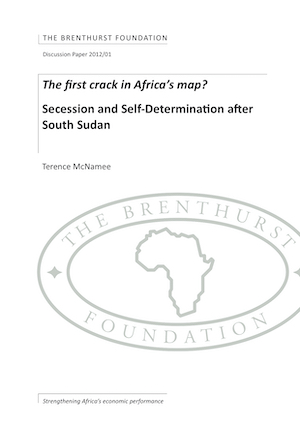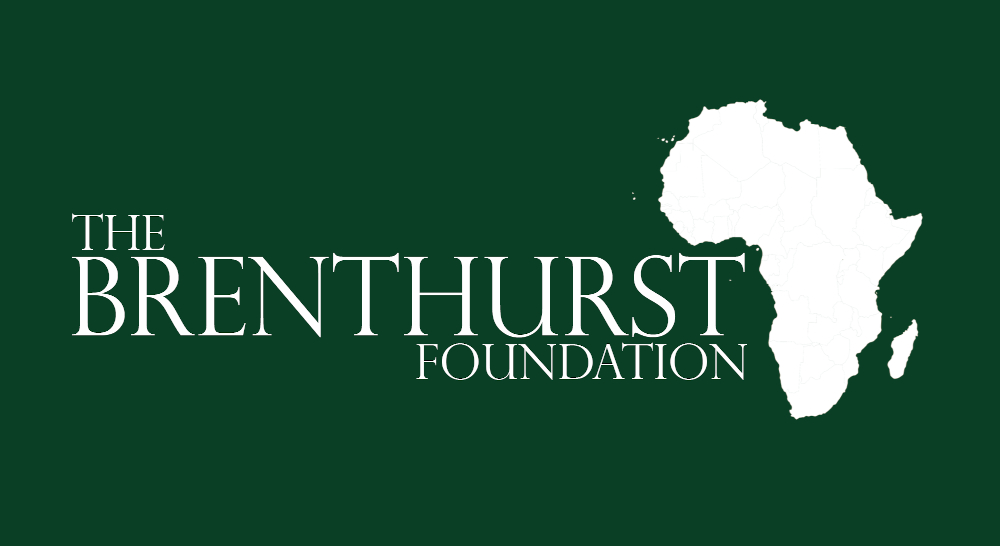Publications
The First Crack In Africa's Map? Secession and Self-Determination After South Sudan
Six months on from achieving statehood, South Sudan is facing serious challenges: economic warfare with Sudan, the emergence of Kashmir-like scenarios on their border and renewed internecine conflicts within its own territory. None of these threats were unforeseen by the African Union or the wider international community in the months and years leading up to independence. In some respects, how the new state of South Sudan would address these issues could either soften the firm stance against changing Africa's borders or cement international opinion against any further 'balkanisation' of Africa.
This Discussion Paper considers whether South Sudan's secession has made independence more likely for other would-be states in Africa, from Somaliland to Cabinda. Based on extensive discussions between senior policy makers and academics at a high-level workshop convened by the Brenthurst Foundation in collaboration with the Konrad Adenauer Stiftung in September 2011, as well as additional research, the Paper argues that Africa's borders are likely to remain stubbornly resistant to change despite Sudan's historic split - and this stance has likely only been reinforced by South Sudan's troubled start. Although the South Sudan case is likely to remain an exception rather than a precedent, the Arab Spring is a salutary reminder, if any was needed, that events have a way of building on themselves. For all the powerful constraints on secession highlighted in this Paper, the much-feared balkanisation of Africa must never be dismissed as fanciful.
The idea of self-determination is not on the wane in Africa - South Sudan's long struggle will surely embolden existing secessionist groups and may inspire new movements - but the obstacles to independent statehood appear as formidable as ever.



